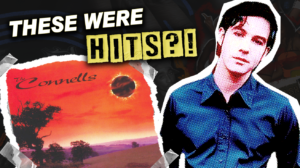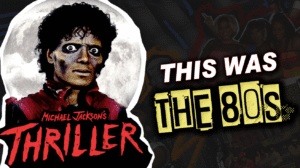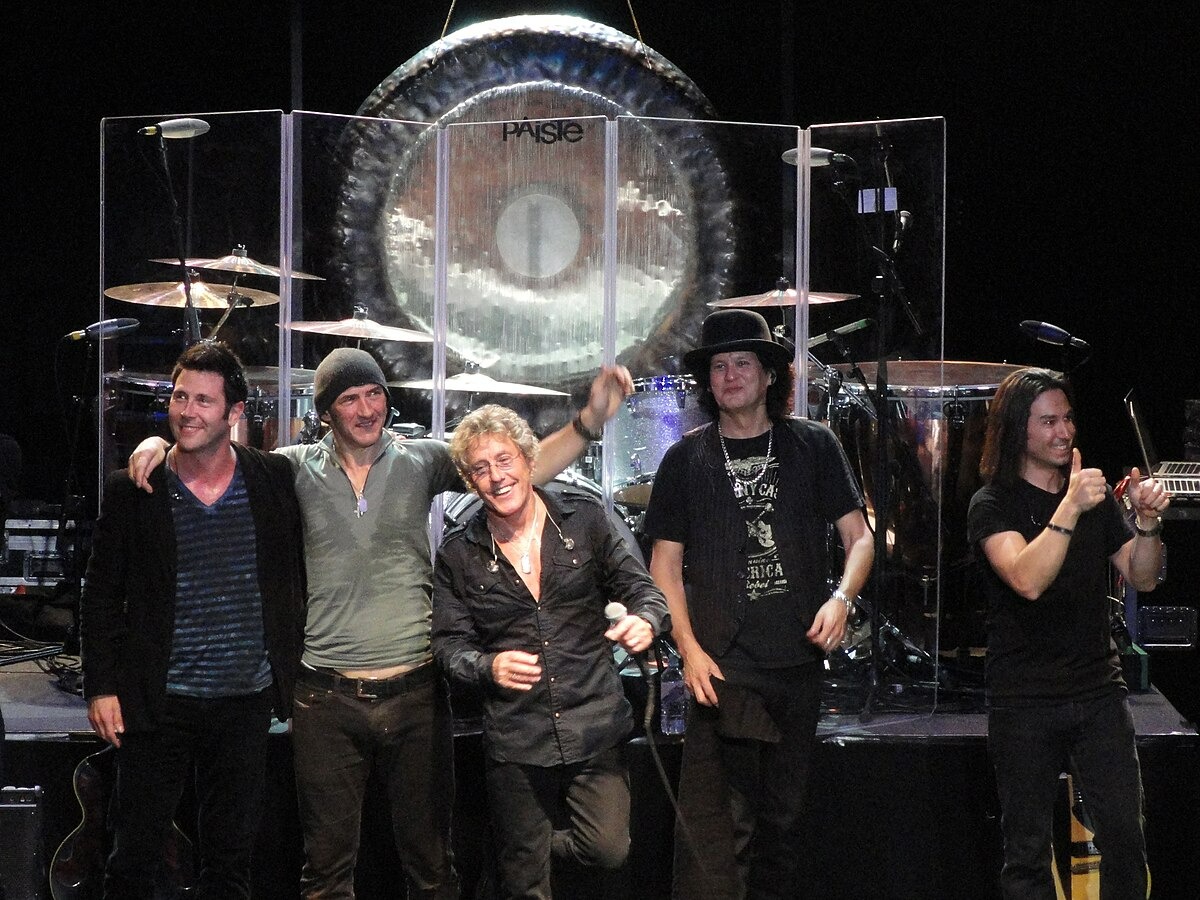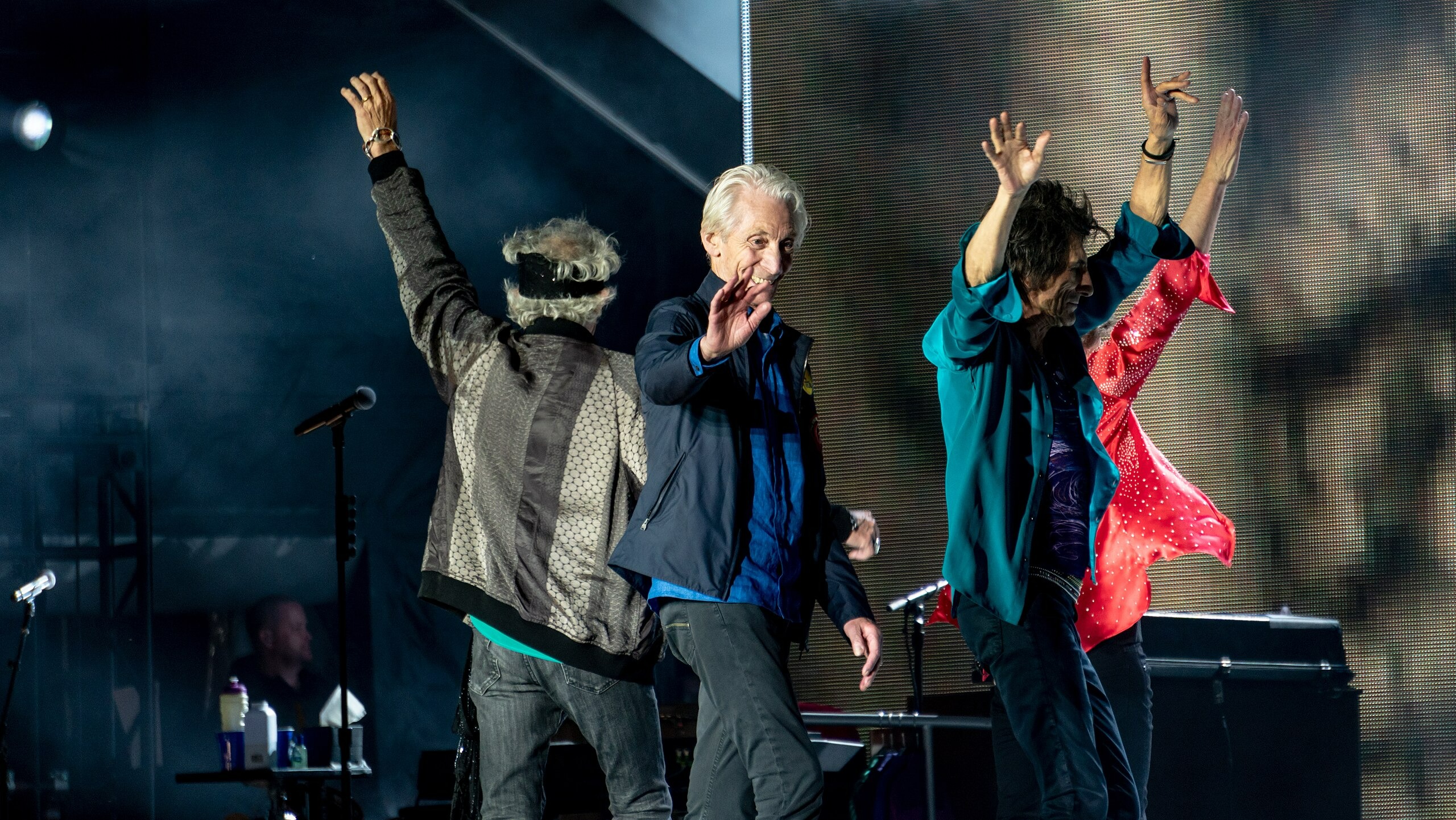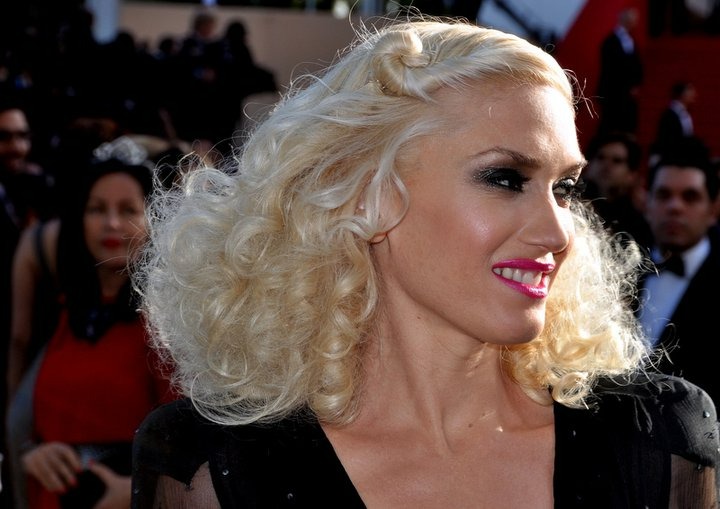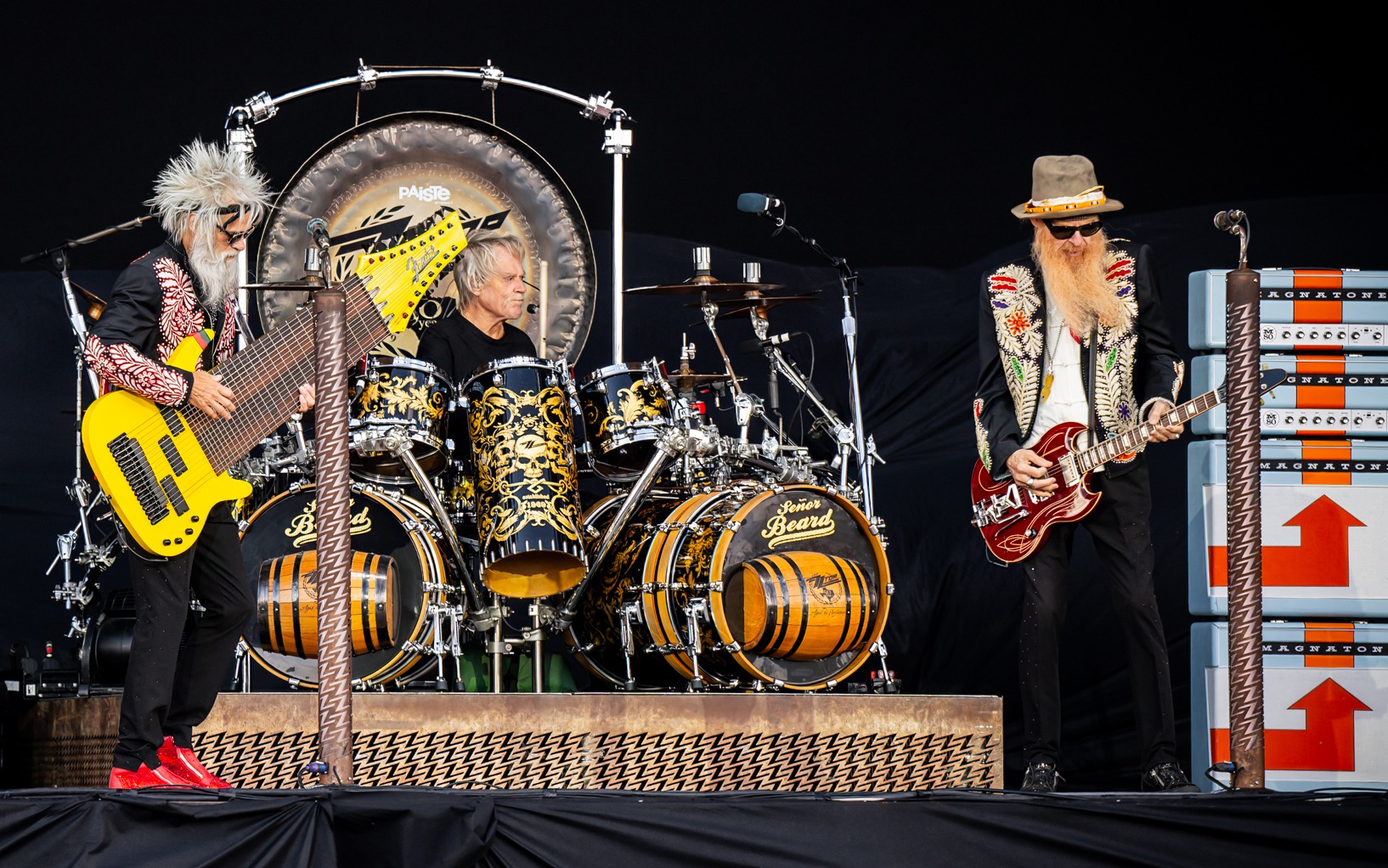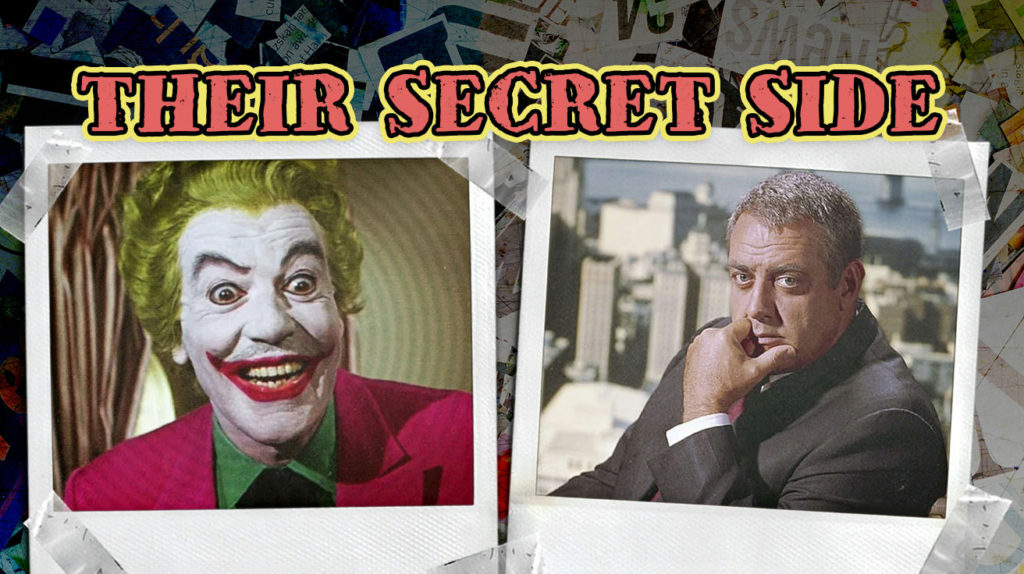
Hollywood’s Golden Age represented the apex of studio system control – a time when image was everything and authenticity often became the first casualty of fame. While these legendary figures dazzled audiences on screen, their private lives remained carefully guarded secrets, especially for those who didn’t conform to strict heterosexual expectations.
The stories behind these stars reveal not just personal struggles but a broader cultural history of how LGBTQ+ individuals navigated a hostile era. Through coded language, discreet relationships, and sometimes elaborate deceptions, these figures maintained their careers while seeking authentic connections.
26. Liberace
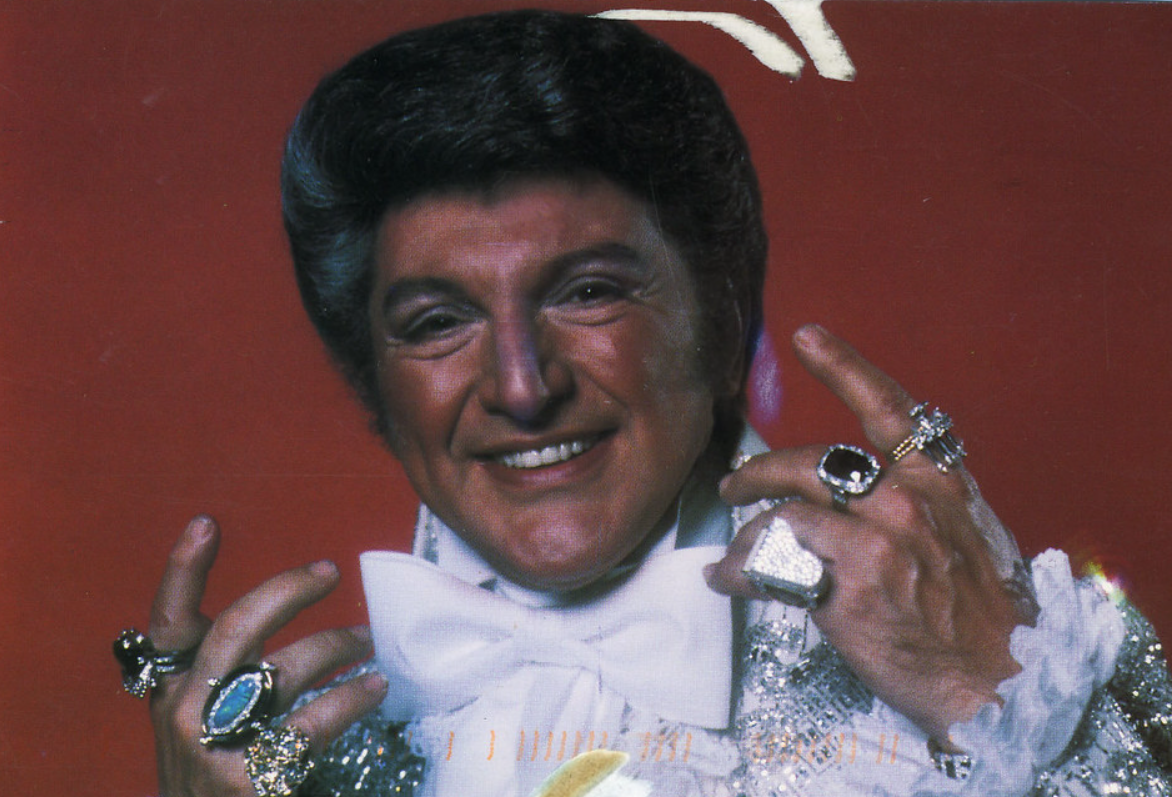
Liberace maintained perhaps Hollywood’s most carefully crafted illusion. He testified under oath that he was not gay despite mounting evidence to the contrary. At 18, Scott Thorson entered Liberace’s life as a “personal friend,” developing into a significant relationship that later became public.
Thorson sued Liberace for palimony in 1982, a landmark case that brought private matters into public view. The subsequent 1986 settlement awarded Thorson $95,000 plus three cars and three dogs. Liberace died in 1987, leaving behind questions about authenticity and the price of maintaining public personas.
25. Laurence Olivier
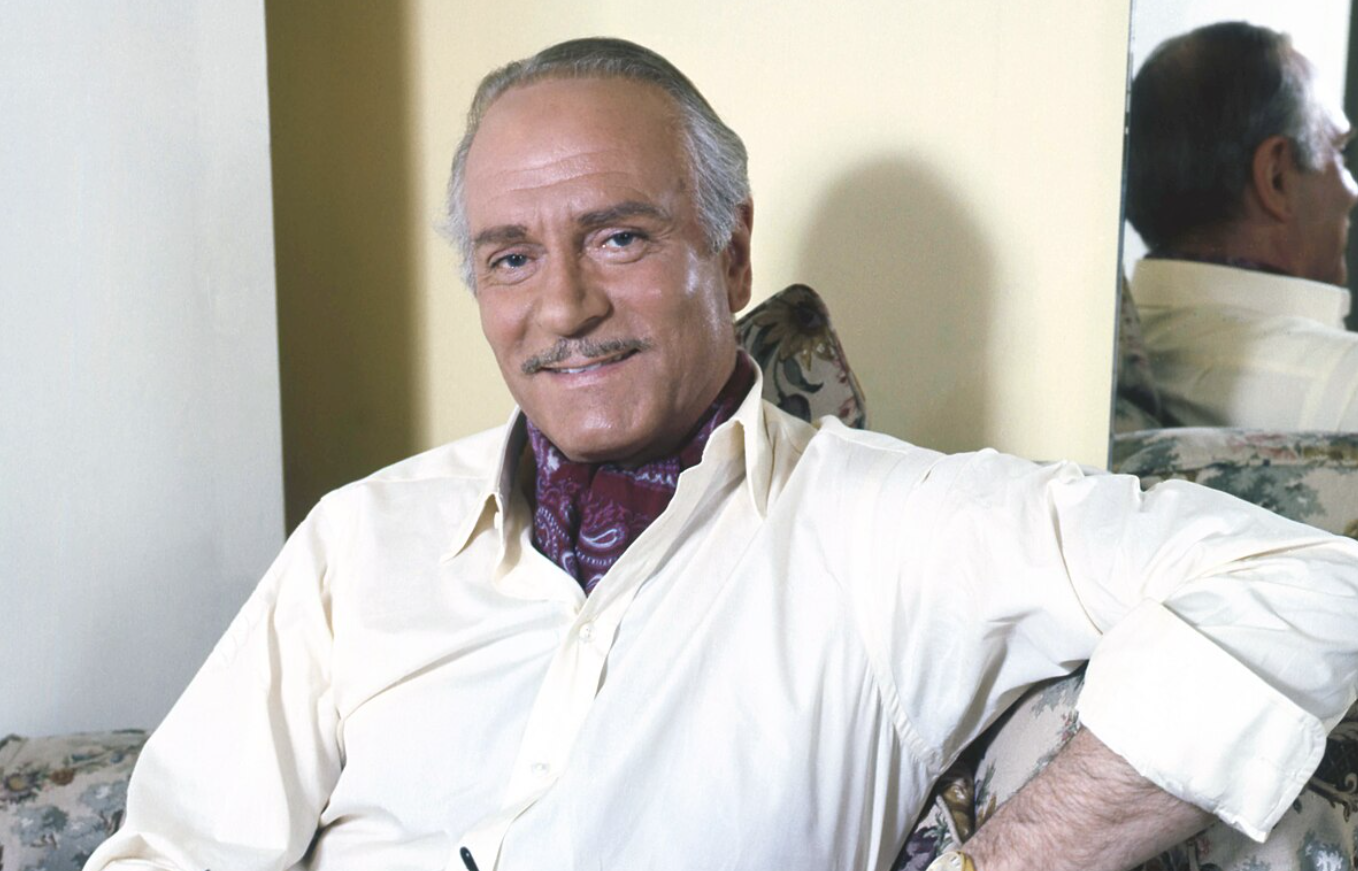
Many sources mention persistent rumors surrounding Laurence Olivier’s sexuality, though many claims lack definitive evidence. Biographer Donald Spoto alleged an affair with Danny Kaye, which Olivier’s widow vehemently denied.
Through multiple biographies, competing narratives emerge about Olivier’s personal life. His marriage to Joan Plowright began on March 17, 1961, after meeting during “The Entertainer,” while his official biographer documented at least one youthful same-sex relationship with Henry Ainley. These contradictions highlight the challenges historians face when reconstructing private lives of public figures.
24. Cary Grant
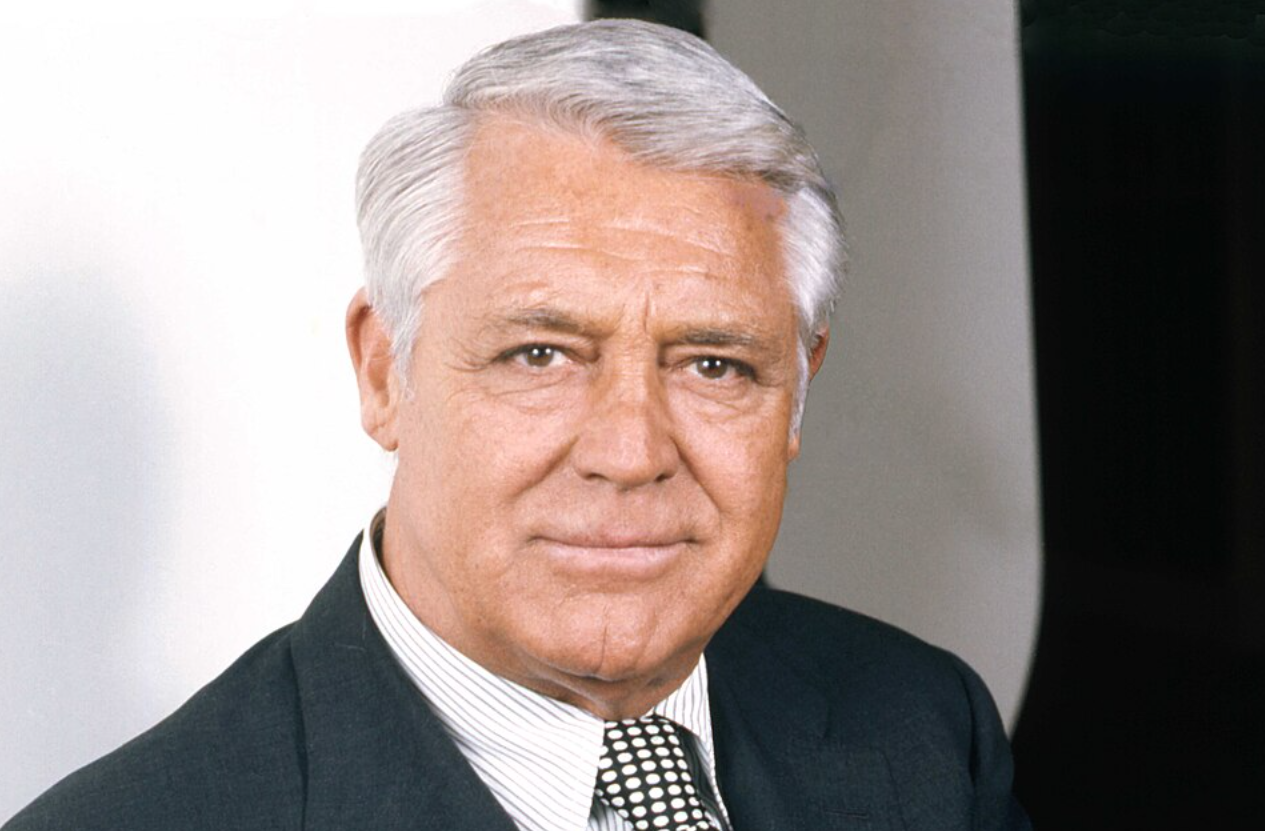
Cary Grant cultivated an image of effortless, charming masculinity while speculation about his sexuality persisted throughout his career. His bond with Randolph Scott became particularly scrutinized as they shared a Malibu beach house. While not as publicly scandalous as other celebrity affairs that shattered marriages, their relationship remained the subject of ongoing speculation.
The pair co-owned “Bachelor Hall” at 1038 Palisades Beach Road throughout much of the 1930s and 1940s. While casual photos depicted them in domestic settings, the exact nature of their relationship remains officially unverified by historical records. Grant’s five marriages and Scott’s two added convenient public cover to their enduring connection.
23. Ramon Novarro

As a star of the silent era, known for Ben-Hur (1925), Novarro concealed his relationships with men, though this remained an open secret among Hollywood insiders. His private life eventually became tragically public.
Ramón Novarro was murdered October 30, 1968, by two assailants. His death was sensationalized by tabloids but ultimately linked to his secretary and her boyfriend. This tragic end underscores the vulnerability many stars faced when living behind carefully constructed facades.
22. Charles Laughton
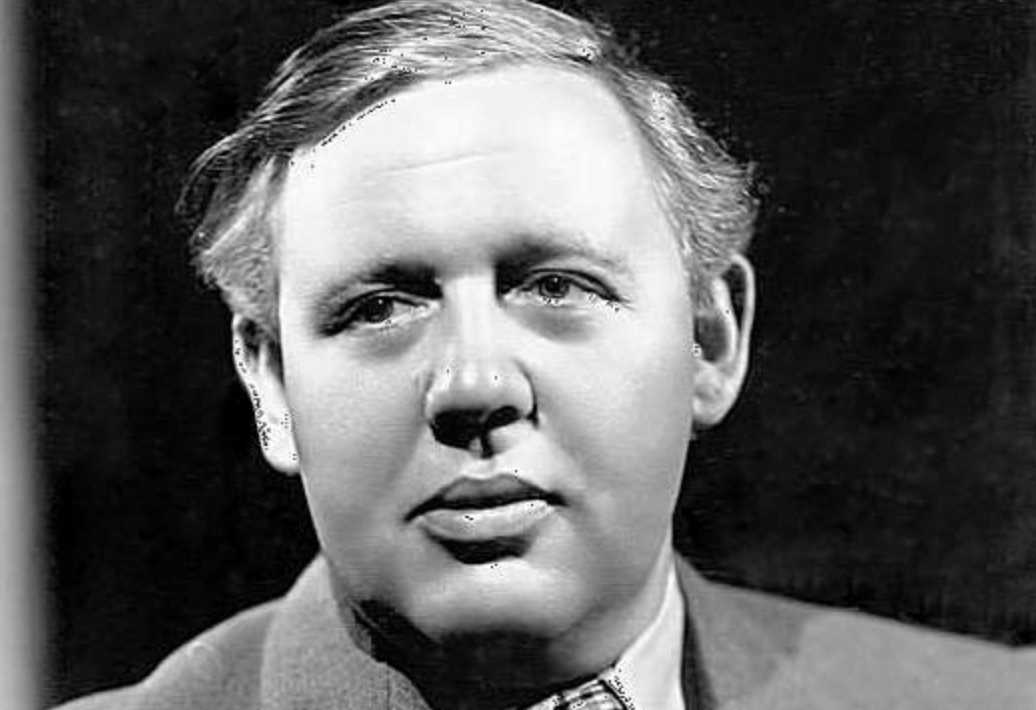
Charles Laughton’s personal life presents a fascinating case study in evolving identity. Contemporaries often corroborated discussions about his sexuality, though many accounts come from secondhand sources rather than definitive evidence.
Laughton won the 1933 Academy Award for “The Private Life of Henry VIII,” confirming his prominence in Hollywood’s Golden Age. While rumors persisted about potential relationships, including with Tyrone Power, no primary sources have verified these claims, leaving aspects of his private life open to historical interpretation.
21. James Dean

James Dean burned like a supernova that extinguished too soon. Publicly portrayed as the quintessential brooding heartthrob, whispers suggested a more complex reality. Dean’s bisexuality became a subject of ongoing historical discussion.
James Dean’s archived letters at UCLA document close friendships with both men and women. Biographer William Bast references a brief relationship between himself and Dean, providing one of the more credible accounts of Dean’s personal life. This enigmatic duality persisted even after Dean’s death at 24.
20. Rock Hudson
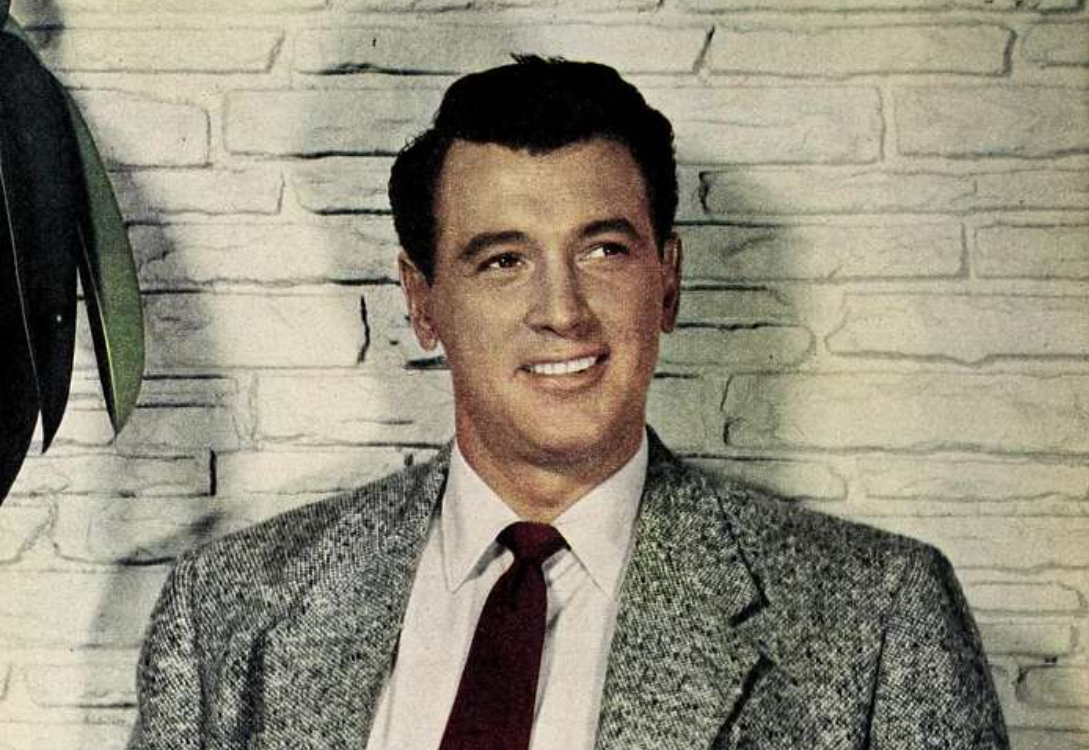
Before the 1980s, Rock Hudson’s private life remained an impenetrable fortress. His homosexuality functioned as an open secret in Hollywood, with friends and colleagues protecting his relationships from public exposure.
Hudson’s representative publicly announced his AIDS diagnosis on July 25, 1985. He died October 2, 1985—becoming the first major American celebrity to die of an AIDS-related illness. His public acknowledgment helped humanize the epidemic for mainstream America during a period of widespread stigma and misinformation.
19. Montgomery Clift
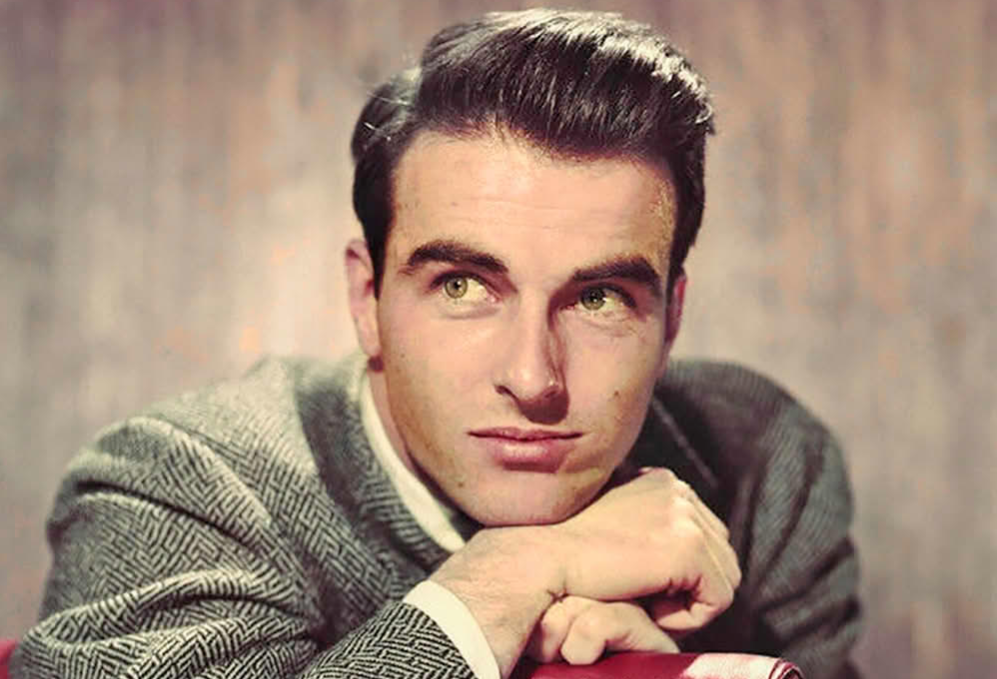
Trailblazer Montgomery Clift famously rejected his first Hollywood contract, demonstrating unusual independence. Intensely private, Clift struggled with his sexuality throughout his career. He maintained relationships with both men and women while keeping connections with male partners carefully discreet.
His close friendship with Elizabeth Taylor provided rare emotional support. Montgomery Clift received four Academy Award nominations and was known for sensitive roles in “A Place in the Sun” (1951) and “From Here to Eternity” (1953), showcasing his remarkable talent despite personal challenges.
18. Anthony Perkins
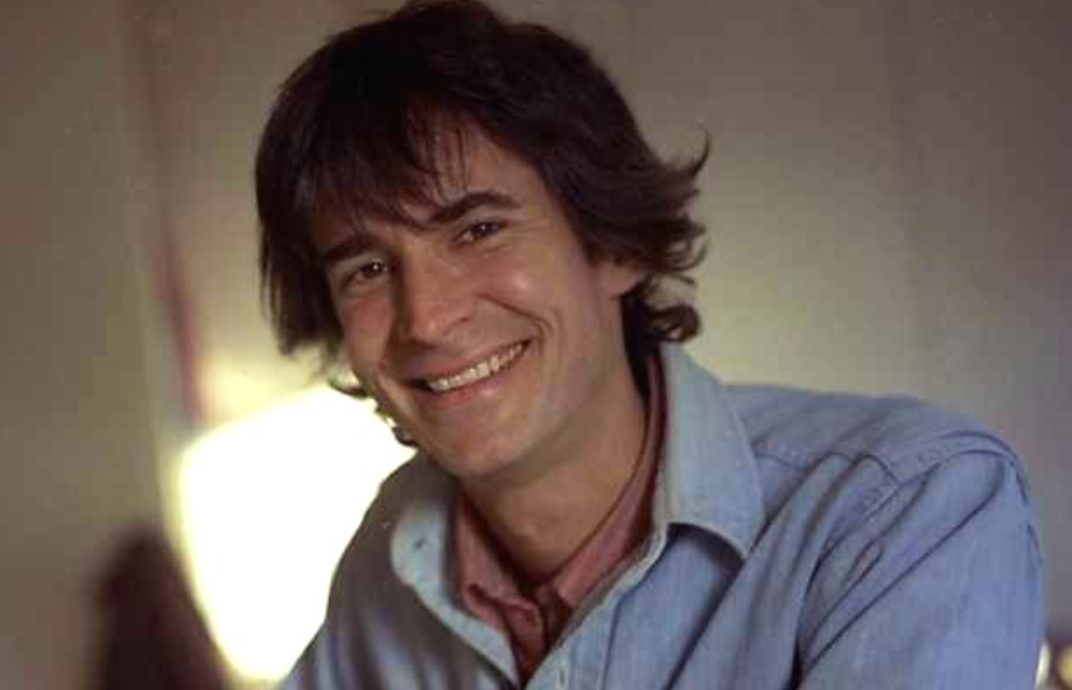
Anthony Perkins embodied stark contrasts between public and private personas. Married to photographer Berry Berenson publicly, Perkins reportedly maintained relationships with men privately, including rumors of an affair with Rudolf Nureyev.
Perkins starred in “Psycho” (1960), creating one of cinema’s most iconic characters. He died September 12, 1992, from AIDS-related complications, as noted in his New York Times obituary. His life illustrates the difficult balance many stars maintained between public image and private reality.
17. Marlon Brando
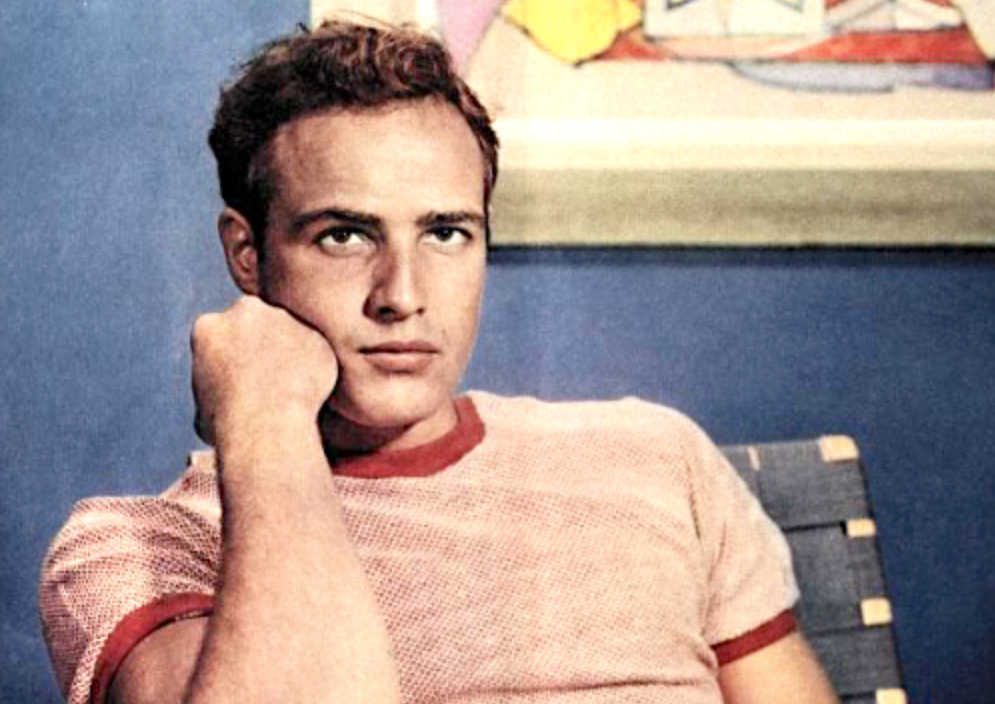
Often described as “sexuality unbound,” Marlon Brando demonstrated unusual openness later in life. He freely discussed his fluid sexuality and acknowledged relationships with men, contradicting his hypermasculine screen persona.
His two Academy Awards for “On the Waterfront” and “The Godfather” established him as one of Hollywood’s greatest actors, while his candid later interviews about sexual fluidity made him unusual among his generation. This willingness to acknowledge bisexuality publicly represented a rare exception in an era when most stars took such personal truths to their graves.
16. Tab Hunter
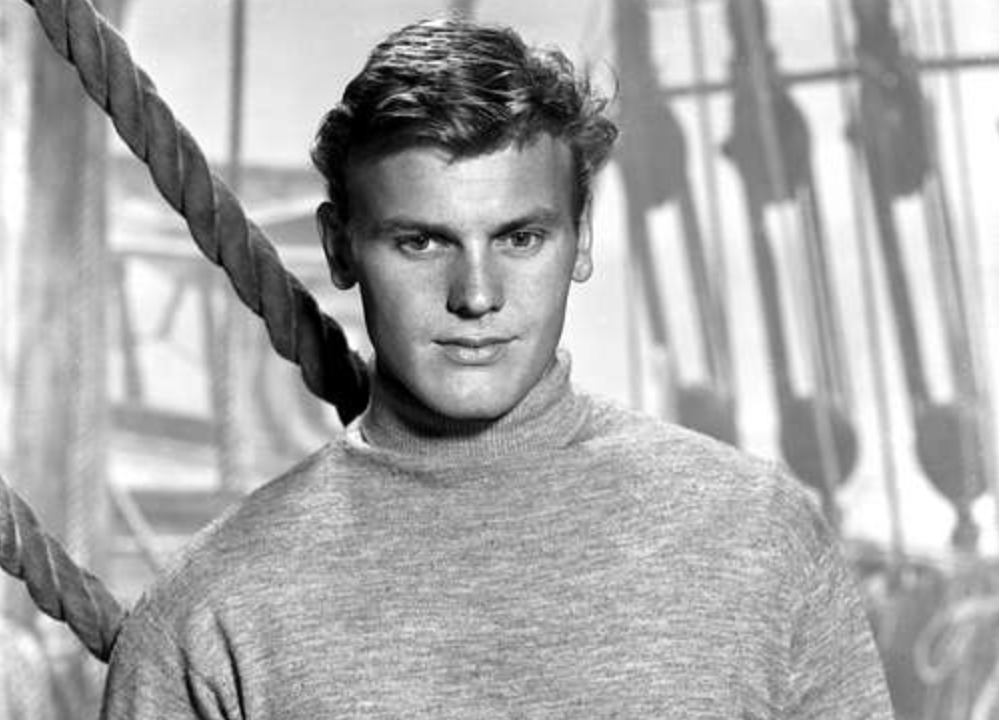
Hollywood functioned as both glamorous stage and confining cage for Tab Hunter. He spent years concealing his gay identity while carefully cultivating a heterosexual public image. Studios arranged publicity dates with actresses to maintain this facade.
In his memoir “Tab Hunter Confidential” (2005), Hunter publicly recounted his 1950s relationship with skater Ronnie Robertson. His eventual openness provided valuable historical insight into the pressures faced by stars during this era and the personal costs of maintaining manufactured public images.
15. Randolph Scott
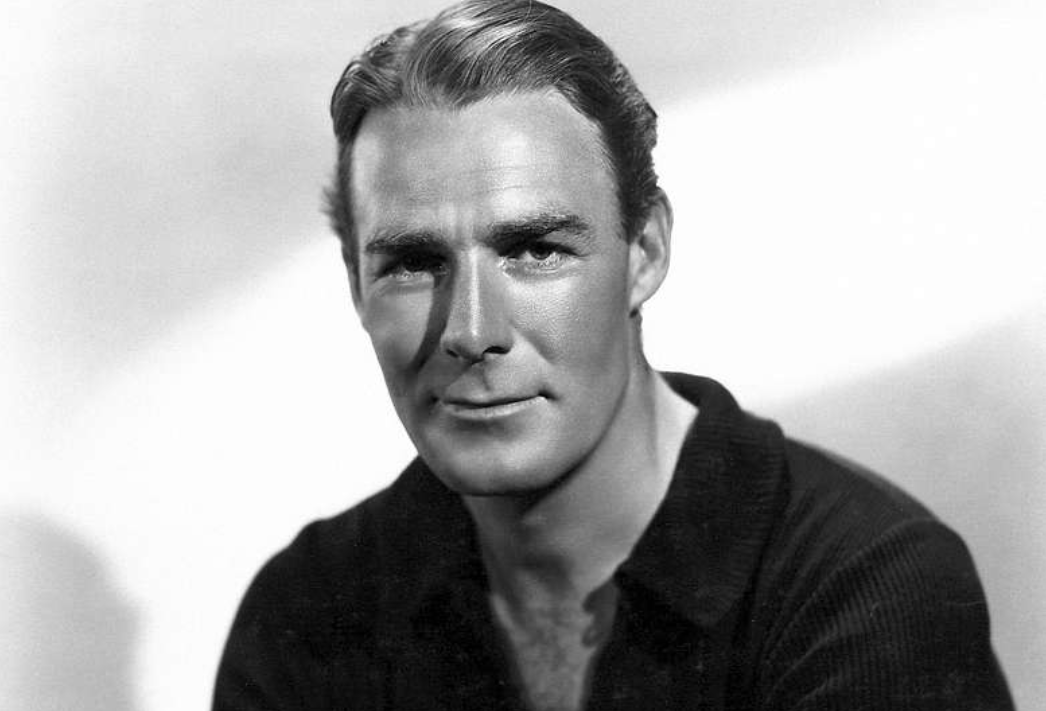
Studios wielded extraordinary control over public narratives, as demonstrated by speculation surrounding Randolph Scott’s relationship with Cary Grant. They shared a Malibu home dubbed “Bachelor Hall” for over a decade, posing for seemingly domestic photos together.
Scott achieved significant success in Westerns while his exact relationship with Grant remains officially “unverified” in historical records. The studio system actively suppressed relationship rumors through strategic publicity and career management techniques common during Hollywood’s Golden Age.
14. Sal Mineo
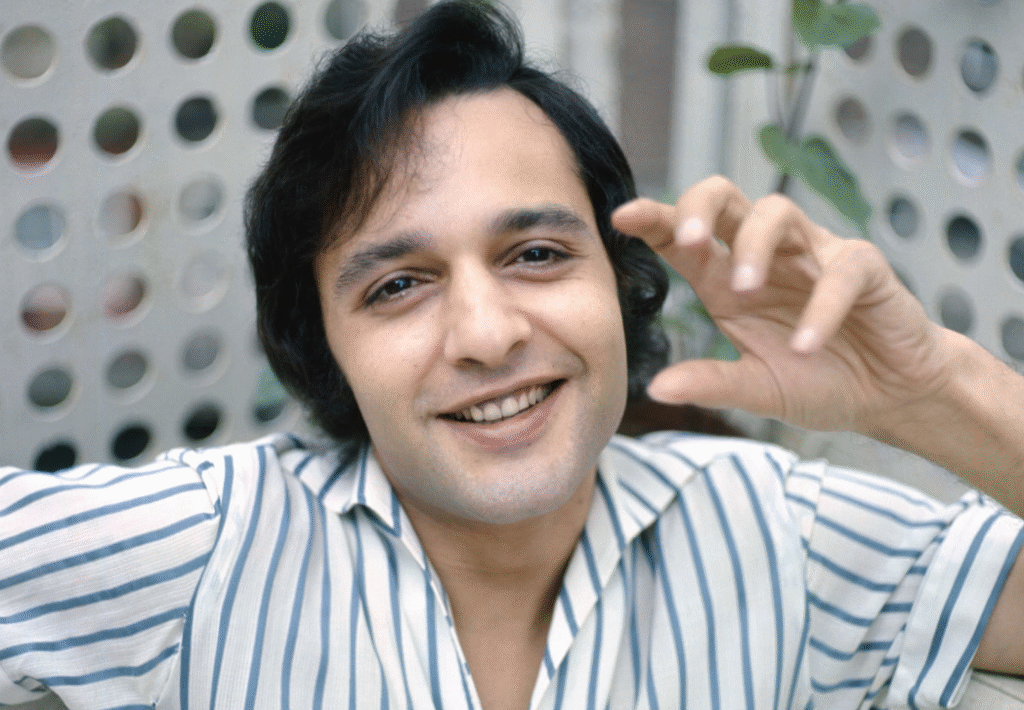
Sal Mineo demonstrated unusual courage in his artistic choices. Tennessee Williams noted how Mineo navigated a world that commodified his beauty while constraining his authenticity. His work increasingly reflected his personal experiences.
Mineo starred in and co-directed “Fortune and Men’s Eyes” (1967), one of the earliest Hollywood films addressing homosexuality. This professional choice represented a significant risk in an era when such topics remained largely taboo. His 1976 murder at age 37 tragically cut short a career of increasing artistic authenticity.
13. Farley Granger
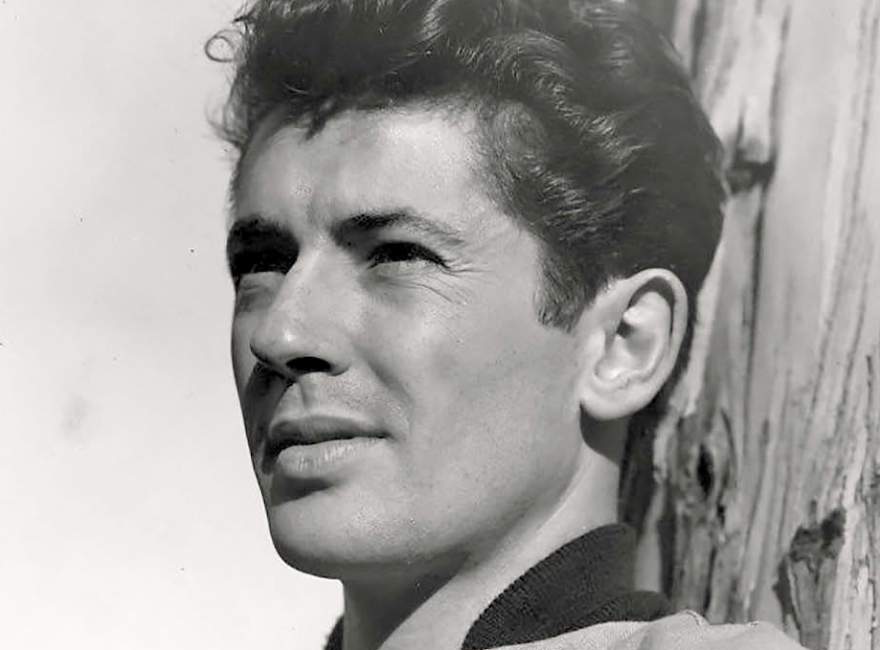
“Authenticity is a journey,” Farley Granger demonstrated by discussing his bisexuality openly later in life. His relationship with playwright Arthur Laurents became one of the better-documented relationships of this era, thanks to Granger’s later candor.
Granger’s memoir “Include Me Out” (2007) confirms his 1949-50 relationship with Arthur Laurents. Though his connection with Leonard Bernstein remains anecdotal rather than definitively documented, Granger’s willingness to eventually discuss his relationships provides valuable historical perspective on Hollywood’s hidden histories.
12. Clifton Webb
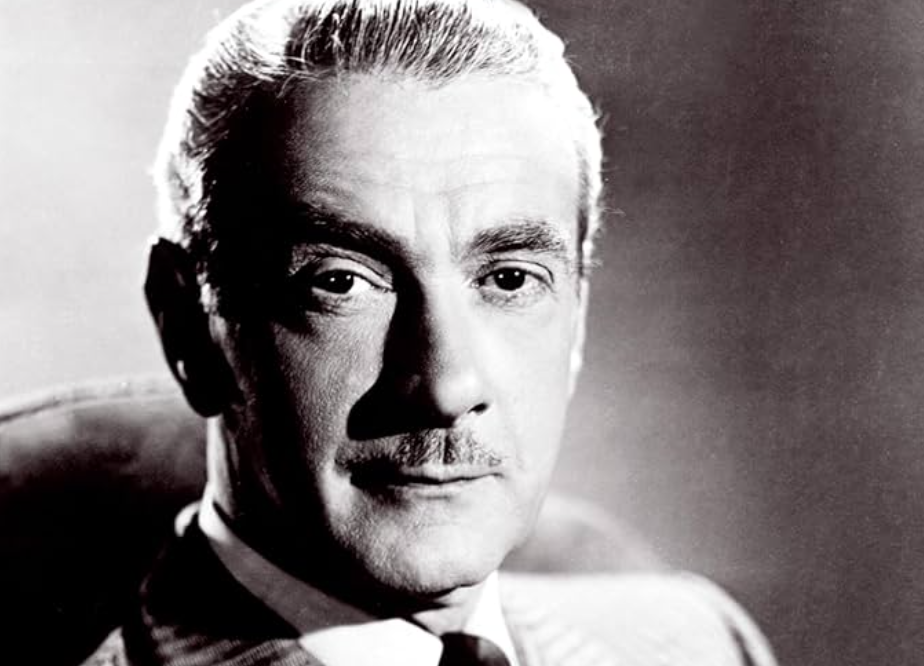
Clifton Webb navigated Hollywood’s rigid gender expectations with a distinctive persona. Never married and devoted to his mother, Webb maintained a sophisticated bachelor image throughout his career. Rumors connected him to various figures in Hollywood circles.
His sophisticated, witty persona in films like “Laura” and “Cheaper by the Dozen” allowed some flexibility within Hollywood’s restrictive norms. This careful navigation of public image, maintaining a “confirmed bachelor” status rather than a manufactured heterosexual narrative, represents a strategic approach used by several stars of his generation.
11. Dirk Bogarde
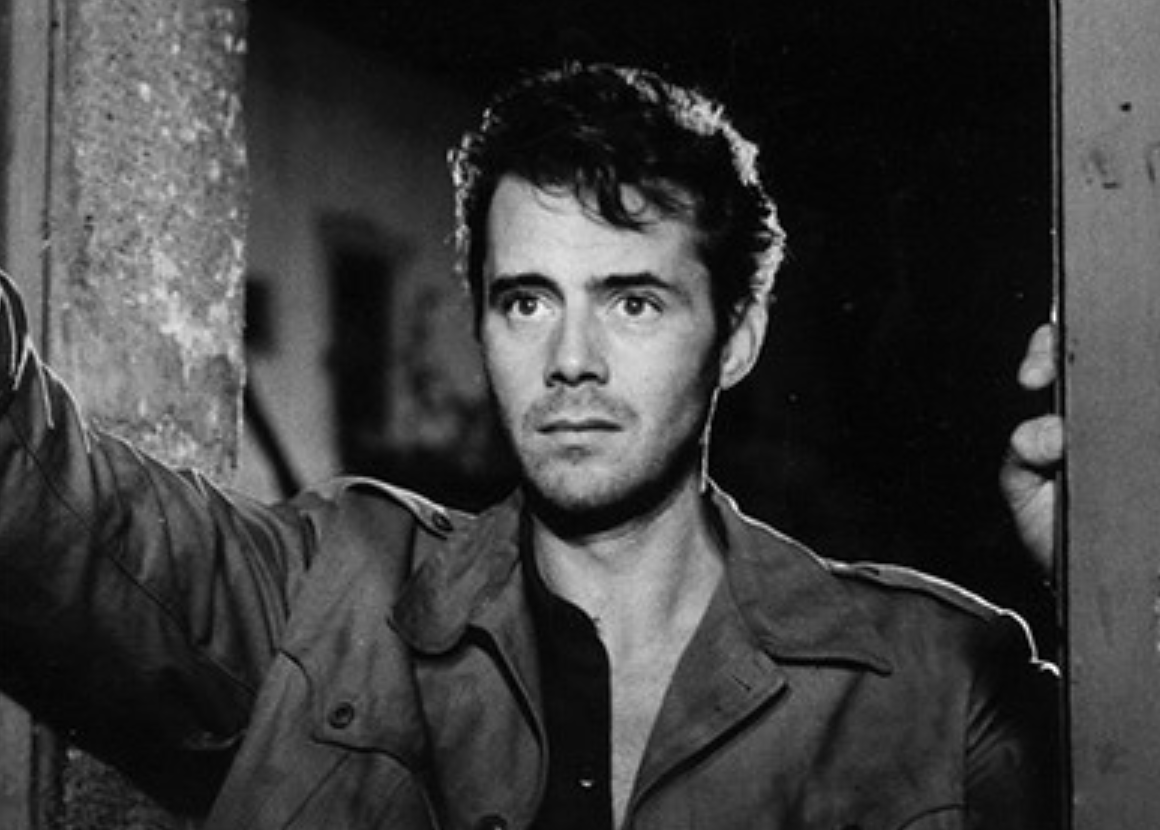
British matinee idol Dirk Bogarde maintained a careful balancing act. Privately, he shared a long-term relationship with Anthony Forwood, yet publicly remained silent about his sexuality. Studio contracts explicitly forbade “deviant” behavior, creating constant pressure.
Bogarde lived with Anthony Forwood from 1946 to 1988 and starred in “Victim” (1961), the first major film to directly address homosexuality. This professionally risky role demonstrated remarkable dedication to challenging societal norms while still protecting his personal privacy.
10. Richard Chamberlain
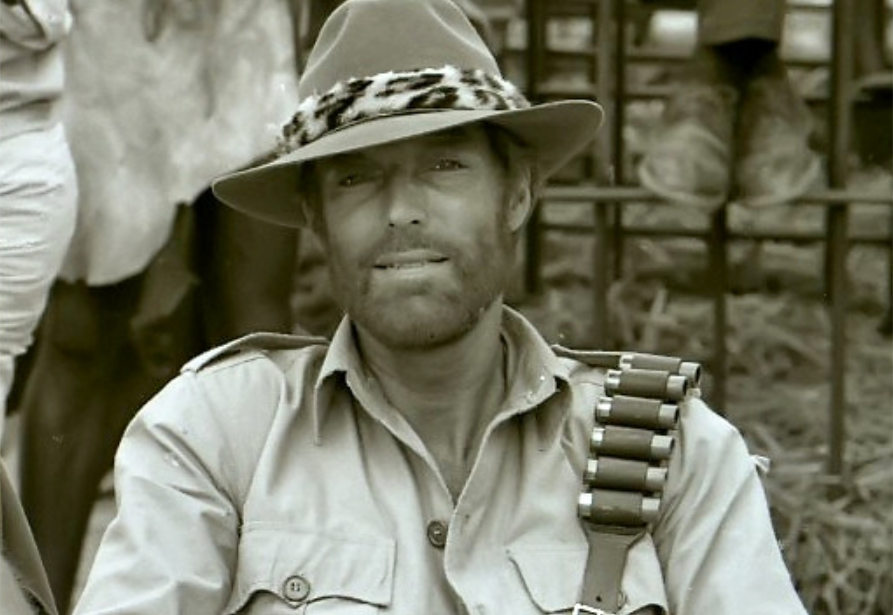
Heartthrob Richard Chamberlain faced a devastating choice between career and authentic self. He formed relationships with men while keeping his homosexuality completely secret from the public. This protective strategy preserved his acting career but at significant personal cost.
Chamberlain publicly addressed his homosexuality in his 2003 memoir “Shattered Love.” His eventual openness demonstrated remarkable courage after navigating Hollywood’s restrictive rules for most of his professional life, spanning decades of television and film work.
9. John Gielgud
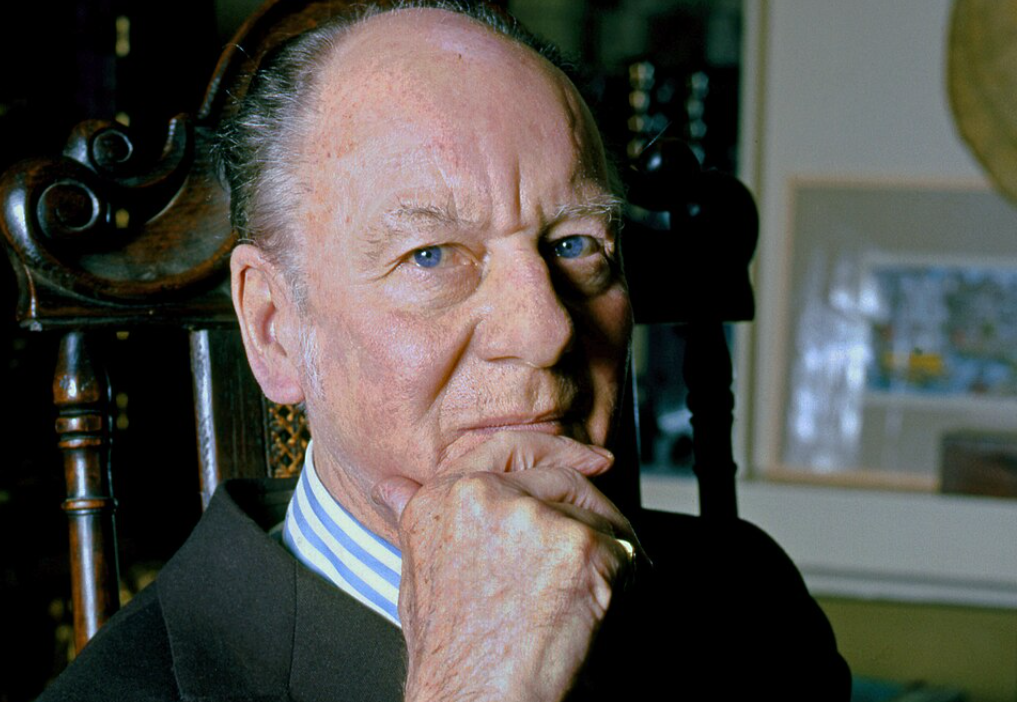
Born in 1904, John Gielgud navigated an era when homosexuality wasn’t just stigmatized—it was criminal. His 1953 arrest for “importuning” brought intense public scrutiny that would have destroyed most careers. The theater community rallied behind him, demonstrating unusual solidarity.
The June 5th scandal could have ended his illustrious career, yet he received a standing ovation at his next performance. His ability to continue working afterward demonstrates both his exceptional talent and the beginning of shifting attitudes in artistic circles, though he never publicly discussed his private life.
8. Tyrone Power
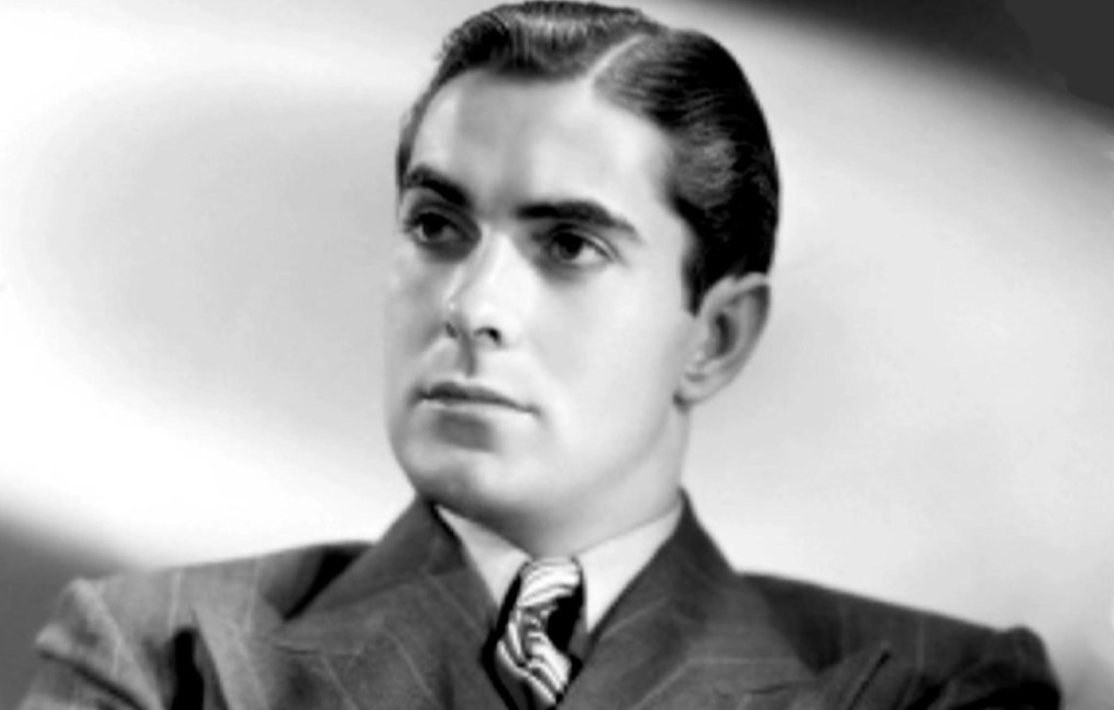
Tyrone Power’s dazzling smile concealed complex truths. Though married three times, persistent rumors surrounded his relationships with men. His bisexuality became a subject of ongoing historical discussion, creating ongoing tension between public image and private reality.
Power starred in “The Mark of Zorro” (1940) and correspondence hints at same-sex attractions, though he never publicly confirmed them. His early death at 44 left many questions permanently unanswered, demonstrating how challenging historical research becomes without direct testimony.
7. Van Johnson

Van Johnson represented classic studio system control. MGM reportedly orchestrated his marriage to Eve Abbott specifically to dispel homosexuality rumors. Johnson maintained a clean-cut image while allegedly keeping discreet relationships with men behind closed doors.
Their marriage lasted from 1947 to 1956, a strategic arrangement that exemplifies how studios exercised extraordinary control over stars’ personal lives, often prioritizing marketable image over personal authenticity. Johnson’s red-haired, freckle-faced persona made him one of MGM’s most reliable leading men during this period.
6. Roddy McDowall
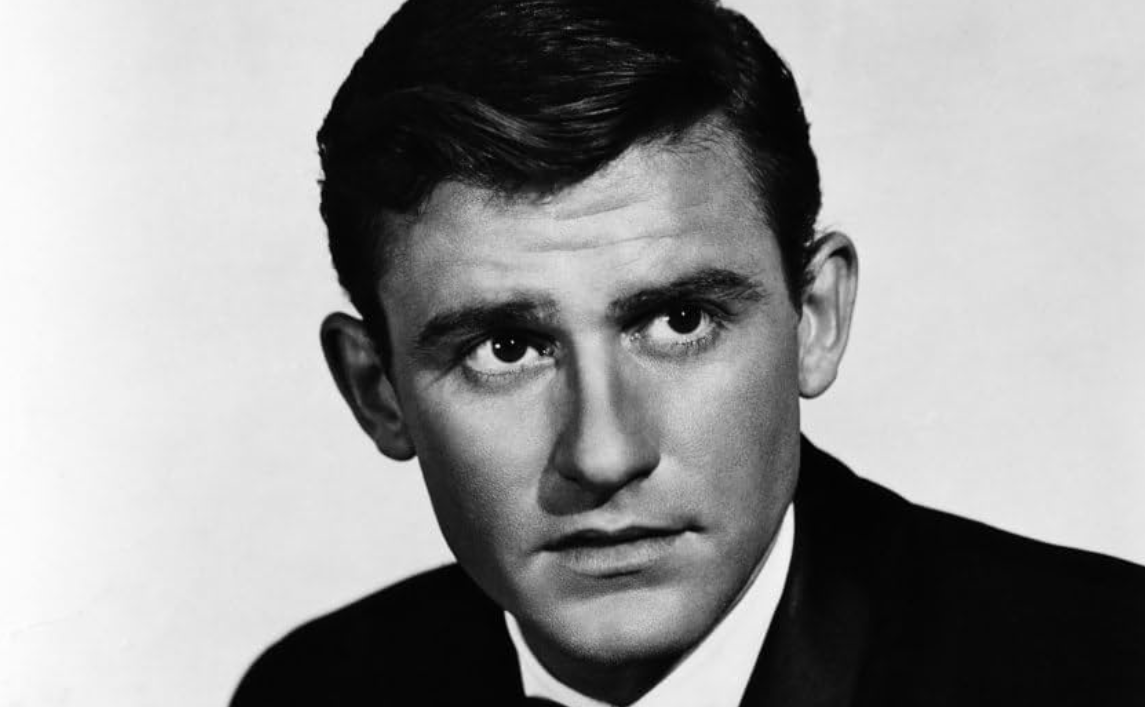
Child star Roddy McDowall transformed into a respected adult actor while keeping his private life carefully guarded. Beginning with “Murder in the Family” (1938), his career spanned decades as he frequently played “camp” bachelor characters that provided some artistic outlet.
Beyond acting, his acclaimed photography career captured intimate portraits of Hollywood colleagues, creating an additional creative legacy. His careful management of public and private boundaries allowed him to maintain both professional longevity and personal dignity during Hollywood’s restrictive Golden Age.
5. James Whale
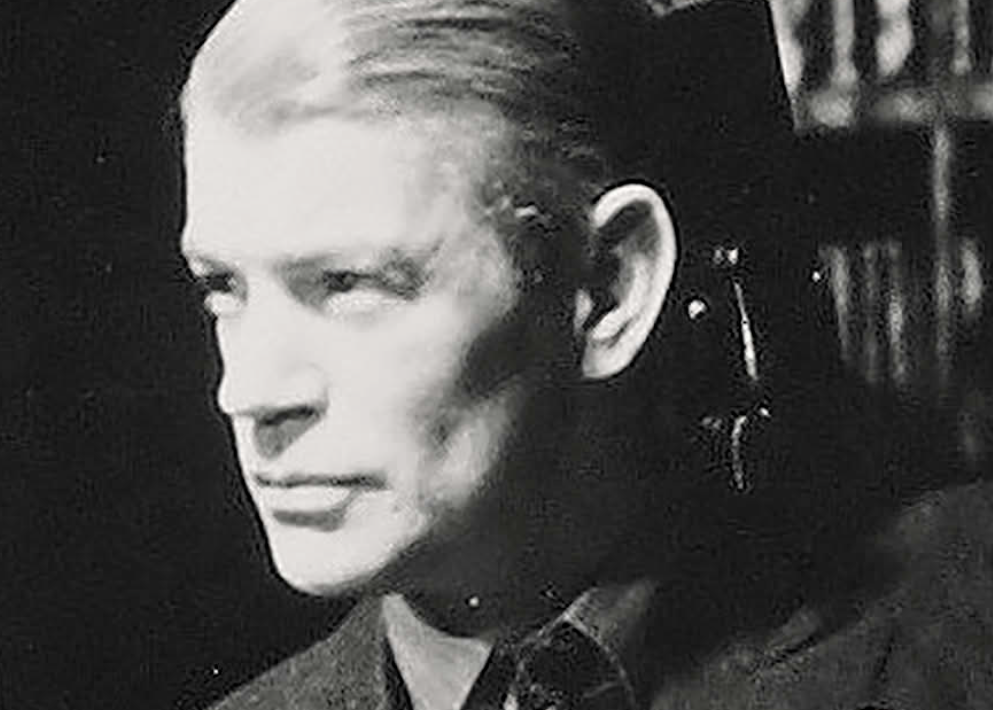
Director James Whale created horror classics like “Frankenstein,” using monsters as coded representations of otherness. Unlike many contemporaries, Whale lived relatively openly as gay in 1930s Hollywood, though this openness came with consequences.
His groundbreaking “Frankenstein” (1931) established him as a visionary filmmaker, but his career declined significantly by the late 1930s. This trajectory illustrates the professional risks inherent in challenging Hollywood’s rigid expectations regarding personal conduct, as industry tolerance waned and more conventional directors were favored.
4. Michael Redgrave

Bisexuality existed even when unspoken, and Michael Redgrave embodied this complexity. His wife Rachel Kempson knew of his “difficulties” yet they remained married for 50 years. His lovers reportedly included playwright Noel Coward and Bob Michell.
Redgrave privately admitted bisexuality and his family released details after his death in 1985. This posthumous acknowledgment represents a common pattern in Hollywood history, where full stories often emerge only after the principal figures have passed away.
3. George Nader

Leading man George Nader sacrificed his entire career to protect Rock Hudson. When tabloids threatened to expose gay actors, Nader was outed instead. He lived discreetly with partner Mark Miller while watching his promising career disintegrate.
This deliberate redirection of scandal demonstrates both the vulnerability of actors during this era and the strong bonds of loyalty that sometimes developed in response to external threats. After his Hollywood career collapsed in the 1950s, Nader found moderate success in European films before transitioning to writing science fiction novels.
2. Cesar Romero

Cesar Romero navigated Hollywood’s complex expectations with careful discretion. His sexuality was reportedly known in industry circles but he never publicly addressed it. As an actor of Cuban descent, he faced multiple layers of potential discrimination.
Throughout his six-decade career, including his memorable role as the Joker on “Batman” (1966-68), Romero maintained both professional success and personal privacy. His longevity in the industry demonstrated a successful balancing act between artistic achievement and carefully managed public perception.
1. Raymond Burr
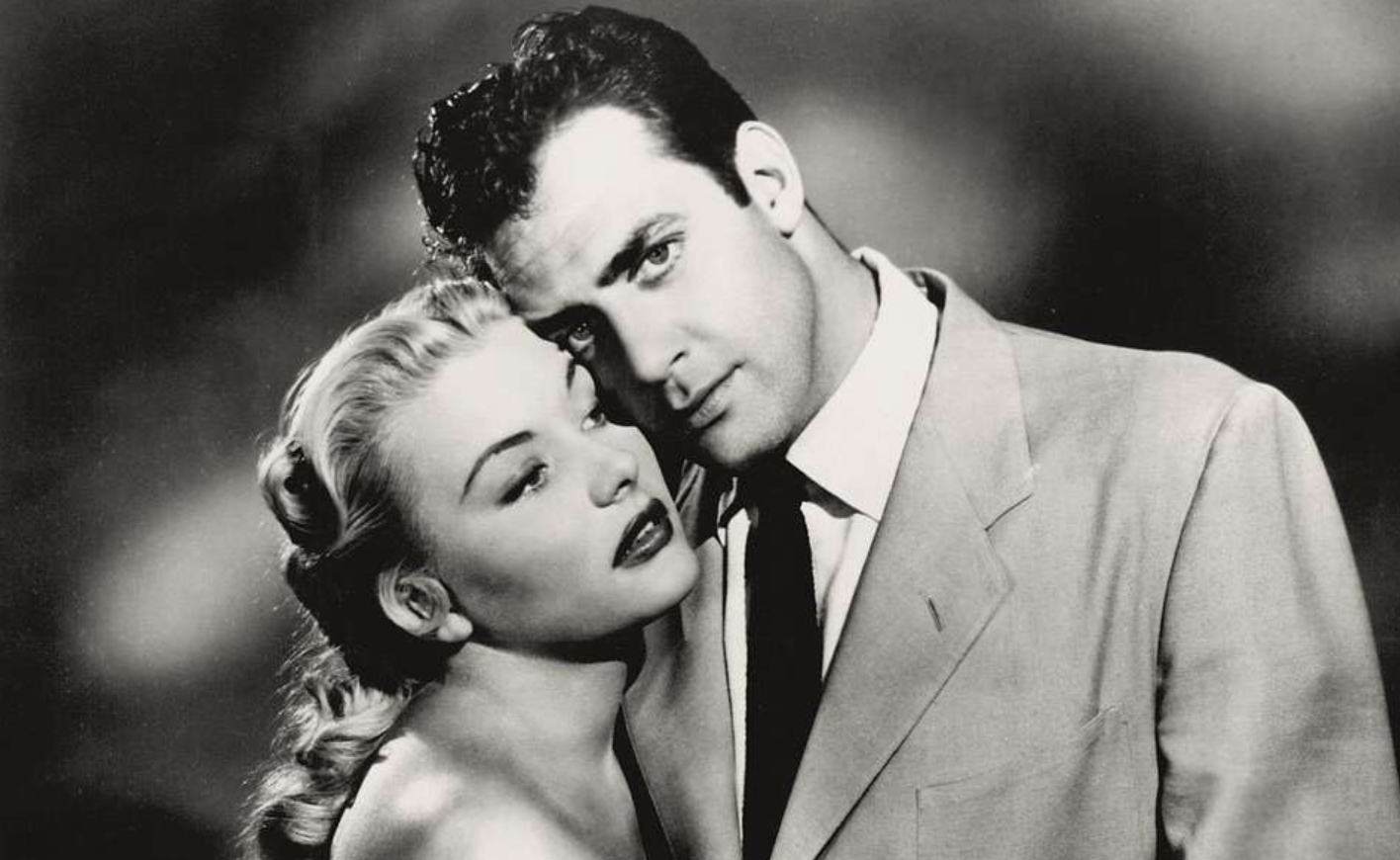
“Perry Mason” star Raymond Burr led a double life that reflected the constraints of his era. Society demanded conformity, so Burr reportedly invented stories about a wife and child to maintain his public image while privately sharing his life with a longtime partner. Like many actors who had vices to cope with the pressure, Burr joined the ranks of chain smokers in hollywood history.
His relationship with Robert Benevides lasted 35 years (1959-1993) and was only revealed after Burr’s death. This carefully protected arrangement exemplifies how even major stars constructed elaborate barriers between their public personas and private realities during Hollywood’s most restrictive era.




